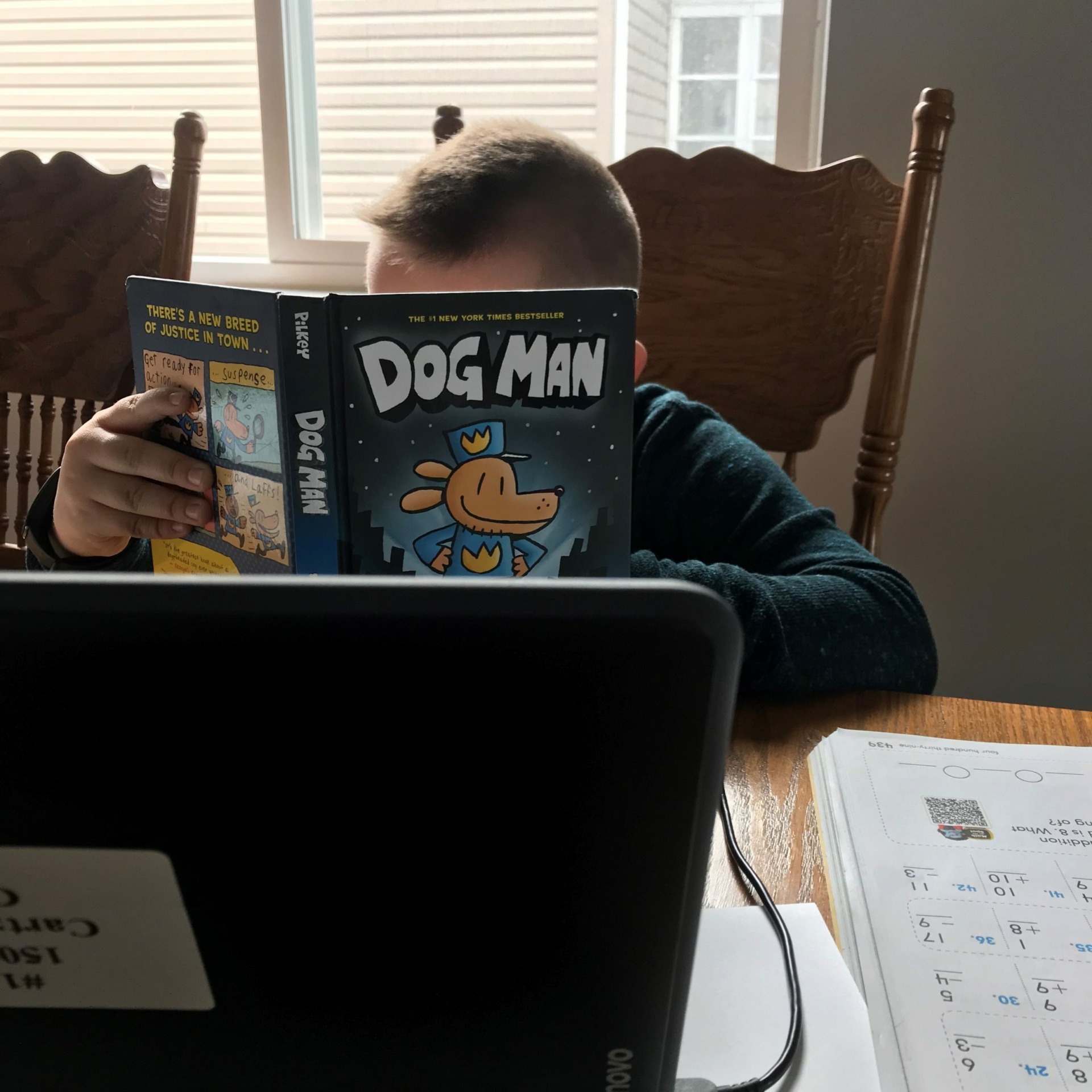As Ohio families with school-aged children head into the third week of learning at home, the experiences of different households have spanned the range from enjoying making the most of time together to worries about keeping up with school-work and life in general. Like many, this is my first experience of directing home learning during the school day and some hours are more successful than others. Here’s a reminder to all parents: You are smart.
Howard Gardner developed the theory of Multiple Intelligences and affirms that all people have a unique blend of at least eight intelligences and possibly more. It is important to stress that although individuals might show more interest or strength in some areas over others, everyone is intelligent in their own way. The different intelligences often overlap or work together, and no single intelligence is better than another.
Parents can encourage their children to develop and practice these different intelligences, also known as (aka) “smarts”. Regardless of your current job (if it’s related to education or not) and your past grade cards, right now, you have so much to offer your child or children. You are smart in your own way, just like your child(ren) and just like others. Due to COVID-19 this current list of ideas will focus on online opportunities or other ways to express the multiple intelligences that respect social distancing. These are offered as basic examples because Multiple Intelligences can be applied in hundreds of ways.
Verbal-linguistic Intelligence, aka Word Smart. Themes: speaking, sounds, meaning and rhythm of words, reading, storytelling, and spelling. Example: Gail Boushey offers reading at home tips for families. She offers to be your child’s reading buddy with timed videos to help students build their reading stamina.
Logical-mathematical Intelligence, aka Math Smart. Themes: thinking conceptually and abstractly, numerical patterns, brainteasers, computers, codes, and science experiments. Examples: Families can play strategy games like chess, checkers or dominos, computer games, cards or math games with cards.
Spatial-visual intelligence, aka Picture Smart. Themes: thinking in images and pictures, design, invent, architecture, draw, and paint. Examples: Have students take photos, make a scrapbook of this unpreceded time, take a virtual tour of an art museum or practice Lunch Doodles with author and illustrator Mo Williems.
Bodily-kinesthetic intelligence, aka Body Smart. Themes: handling objects, building models and crafts, dance, acting, and sports. Examples: Play sports within your household, learn how to juggle (with scarves or paper towels), or play charades or let your child lead physical education for the day. Use brain breaks during the day.
Musical intelligence, aka Music Smart. Themes: rhythm, pitch, timber, patterns, singing, and instruments. Example: Who wouldn’t love this computer drum kit that includes drums, bells and cymbals?
Interpersonal intelligence, aka People Smart. Themes: sometimes called social intelligence, or the ability to interact with others. Example: Artist Elise Gravel has free coloring pages on a variety of topics related to people. My favorite might be, “I like my Monsters like I like my humans: all shapes, all colors, and special each in their own way.” The pages are great for discussion at home or maybe color them and send them in the mail to someone?
Intrapersonal intelligence, aka Self Smart. Themes: self-aware of inner feelings, values, beliefs, journaling, and goal setting Examples: Everyone can practice Kids Yoga on YouTube.
Naturalist intelligence, aka Nature Smart. Themes: interconnectedness of plants, animals, weather, classifications, or likes being outdoors. Examples: I’ll be reminding families to consider planting a vegetable garden as we get closer to frost-free date around May but in the meantime I’d like to highlight a resource located along Lake Erie, the Ottawa National Wildlife Refuge. Another Ohio site is Cincinnati Zoo is bringing the Zoo to you!
This is not a checklist of things you need to be doing every week! The goal is to use this as an idea-starter for your current home situation. What will work for you to make learning at home more enjoyable and successful for both the adult and the student(s)?


